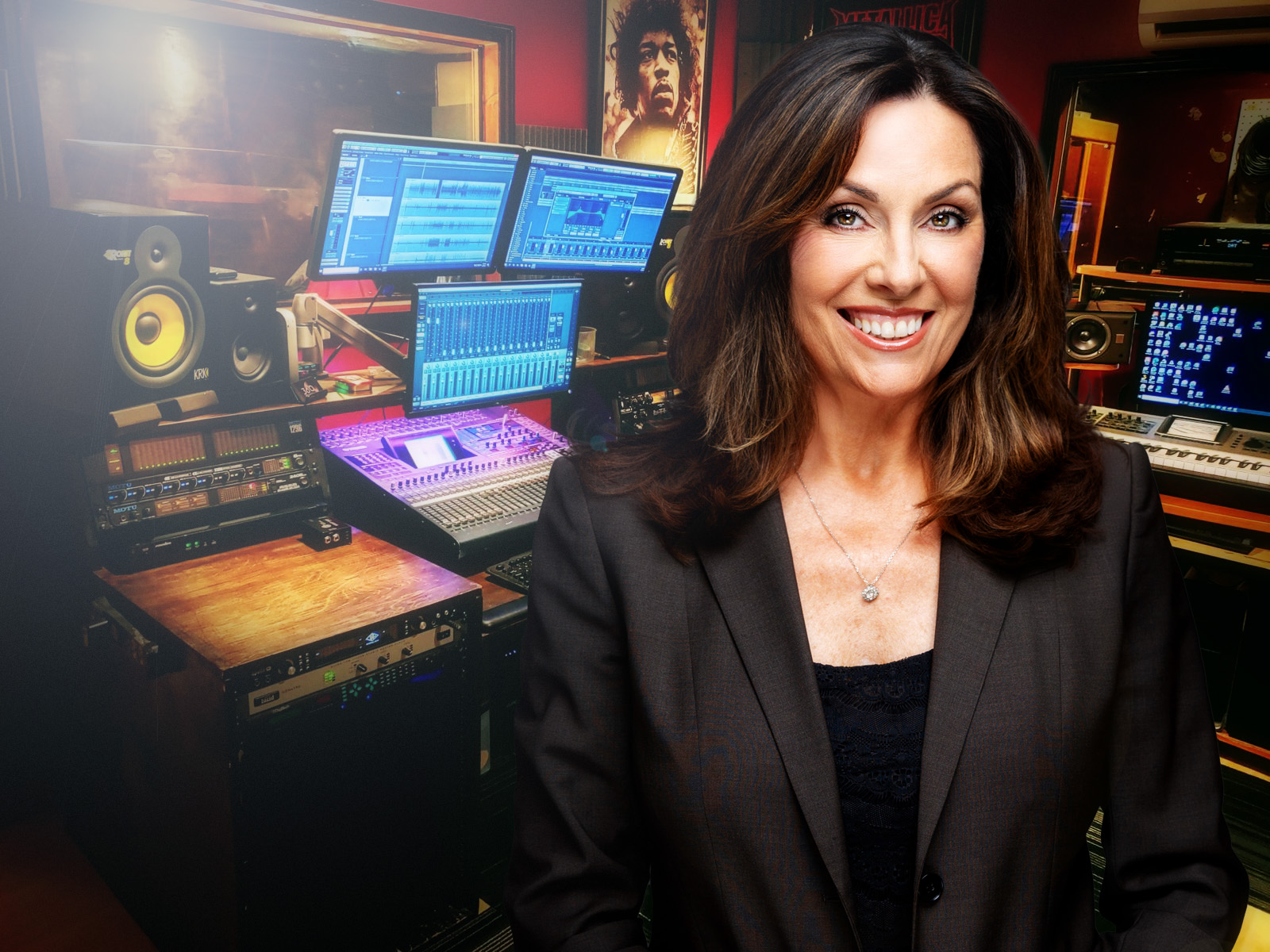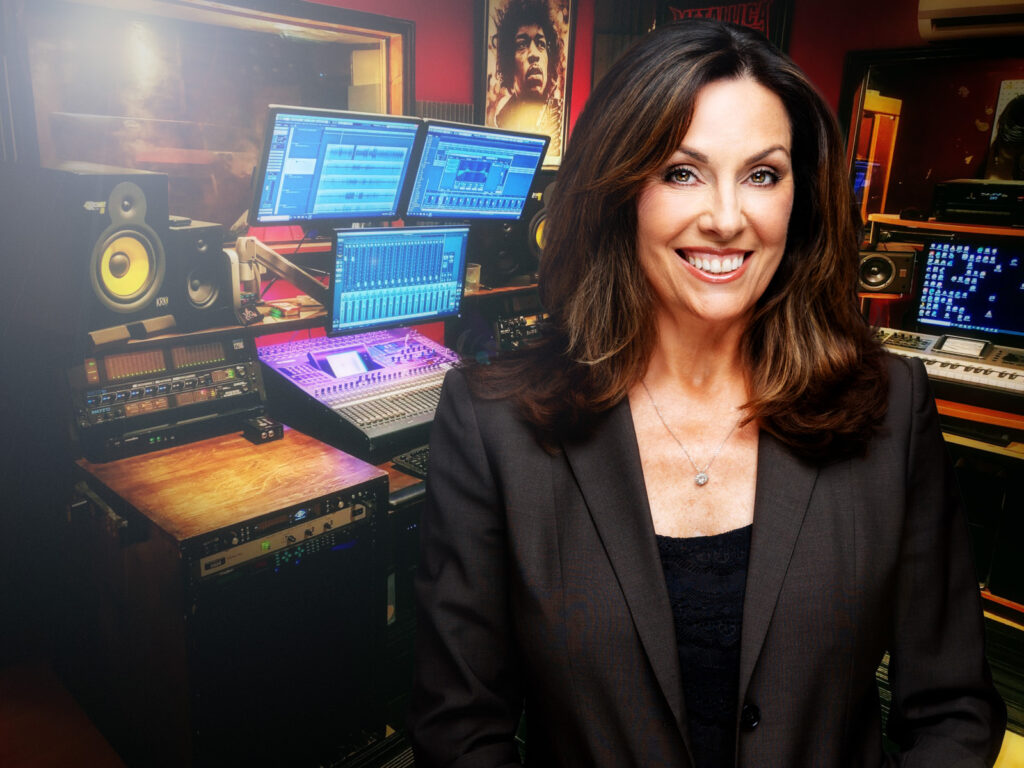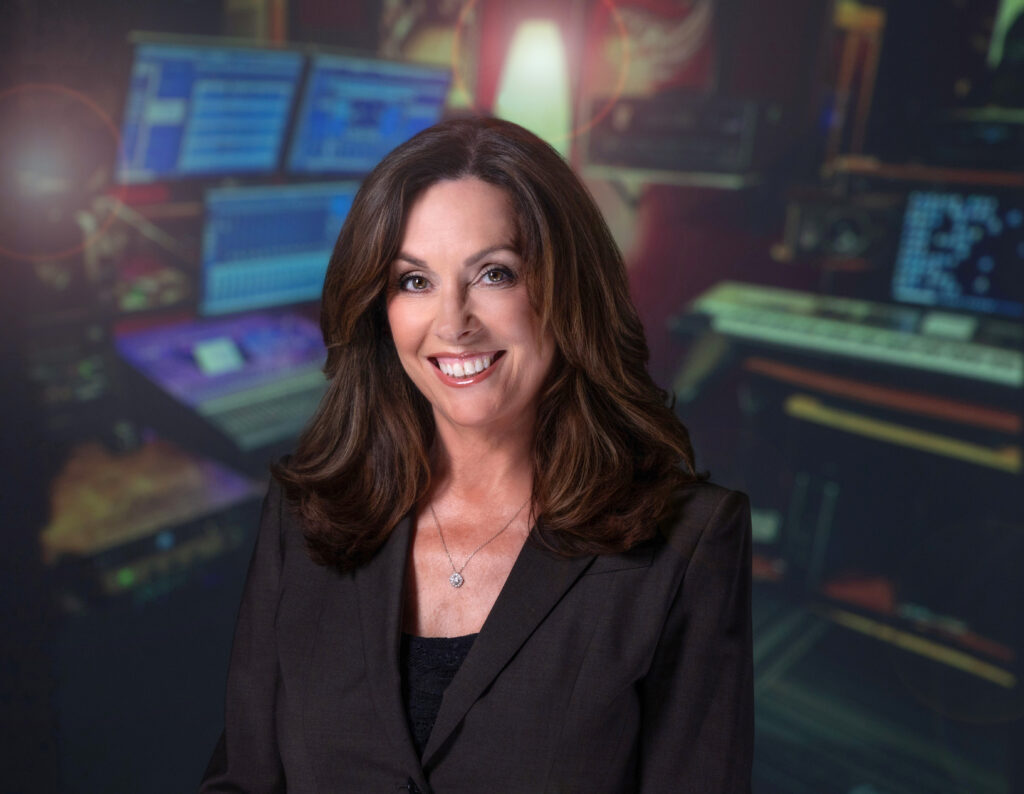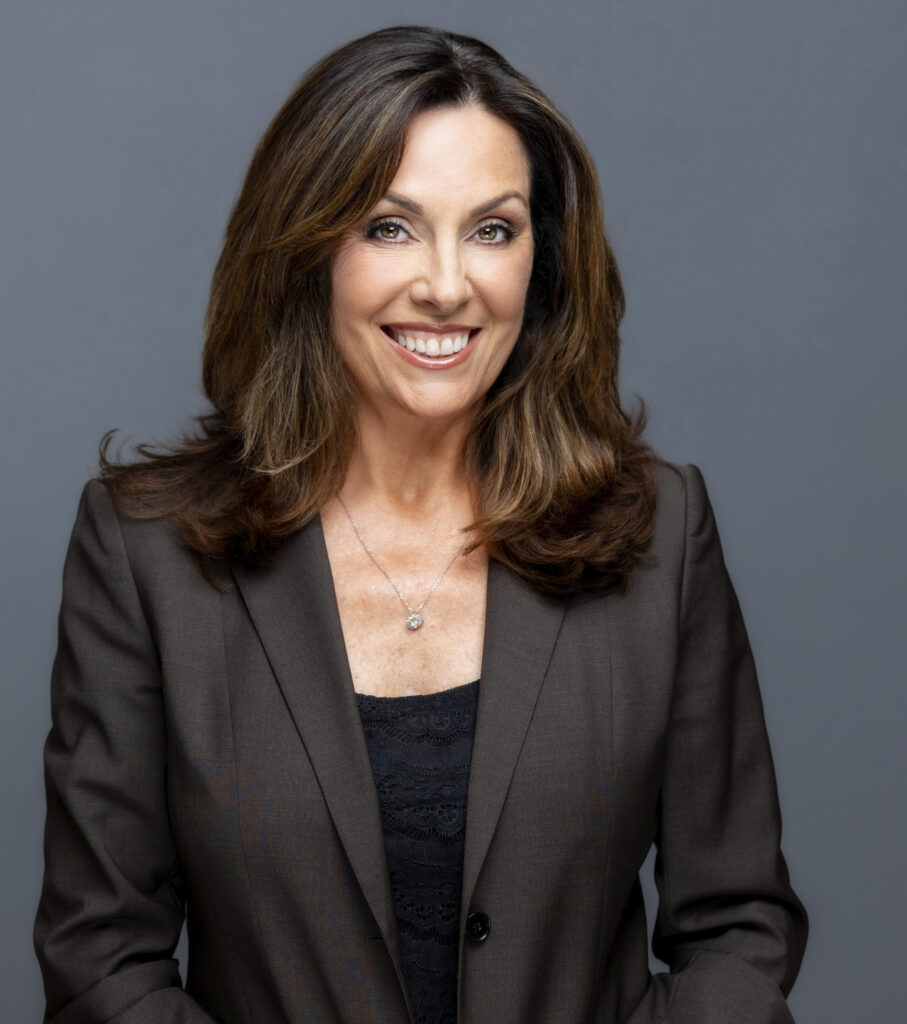Your Professional First Impression: Mastering the Art of the Headshot
In today’s digital-first world, your headshot is often the very first impression you make. Whether it’s for your LinkedIn profile, company website, acting resume, or even a dating app, a strong headshot can speak volumes about your professionalism, personality, and approachability. But what makes a good headshot, and how can you ensure yours stands out?
It’s more than just a selfie; it’s a strategic tool. Let’s dive into the essential elements of headshot photography and how to get yours right.
Beyond the Smile: What Makes a Great Headshot?
A truly effective headshot isn’t just a picture of your face. It’s a carefully crafted image that conveys:
- Professionalism: It should look polished and well-executed, reflecting your commitment to quality.
- Approachability: You want to look friendly and inviting, not stiff or intimidating.
- Authenticity: The best headshots capture a genuine reflection of who you are, without being overly posed or airbrushed.
- Confidence: Your expression should exude self-assurance and competence.
- Your Brand: For professionals, your headshot should subtly align with your personal or company brand. Are you a creative, a corporate executive, or a casual entrepreneur?
Key Elements of a Killer Headshot
-
Lighting is King (or Queen!):
- Soft, Even Light: Harsh shadows are the enemy of a good headshot. Natural light (think open shade outdoors or near a large window indoors) is often ideal. If using artificial light, a softbox or diffused lighting will create flattering results.
- Catchlights: Those little sparkles in your eyes are crucial! They make your eyes look alive and engaging. Good lighting will naturally create them.
-
Expression and Pose:
- The Eyes Have It: Your eyes are the most important feature. Look directly into the lens with a confident, friendly gaze.
- Genuine Smile: A forced smile looks, well, forced. Think of something that genuinely makes you happy, and let that reflect in your expression. Sometimes, a subtle, confident smirk can be more effective than a full-blown grin.
- Relaxed Shoulders: Tension shows! Drop your shoulders and try to relax your entire body.
- Subtle Head Tilt: A slight tilt of the head can add interest and approachability.
- Chin Forward and Slightly Down: This helps to define the jawline and avoids the dreaded “double chin” effect.
-
Wardrobe Choices:
- Solid Colors: Avoid busy patterns, stripes, or logos that can distract from your face. Solid, jewel-toned colors often photograph well.
- Flattering Fits: Choose clothes that fit you well and are comfortable. Too baggy or too tight can be distracting.
- Necklines: V-necks or scoop necks can be flattering, but ensure they are appropriate for your industry.
- Layering: A blazer, cardigan, or simple jacket can add a professional touch and visual interest.
-
Background Simplicity:
- Uncluttered:(for classic look) The background should be clean and distraction-free. A plain wall, a blurred outdoor setting, or a simple studio backdrop works best.
- Depth of Field: A shallow depth of field (where the background is blurred) helps your face pop and become the central focus.
- Custom: A custom background to perhaps tie in your industry
-
Professional vs. DIY: Why Hire a Photographer? While your smartphone cameras are amazing, a professional headshot photographer offers:
- Expertise in Lighting and Posing: They know how to make you look your best.
- Professional Equipment: High-quality cameras, lenses, and lighting equipment make a significant difference.
- Objective Eye: They can see what works and what doesn’t, offering guidance you might miss.
- Retouching: Subtle retouching can enhance your image without making you look unnatural.








0 Comments